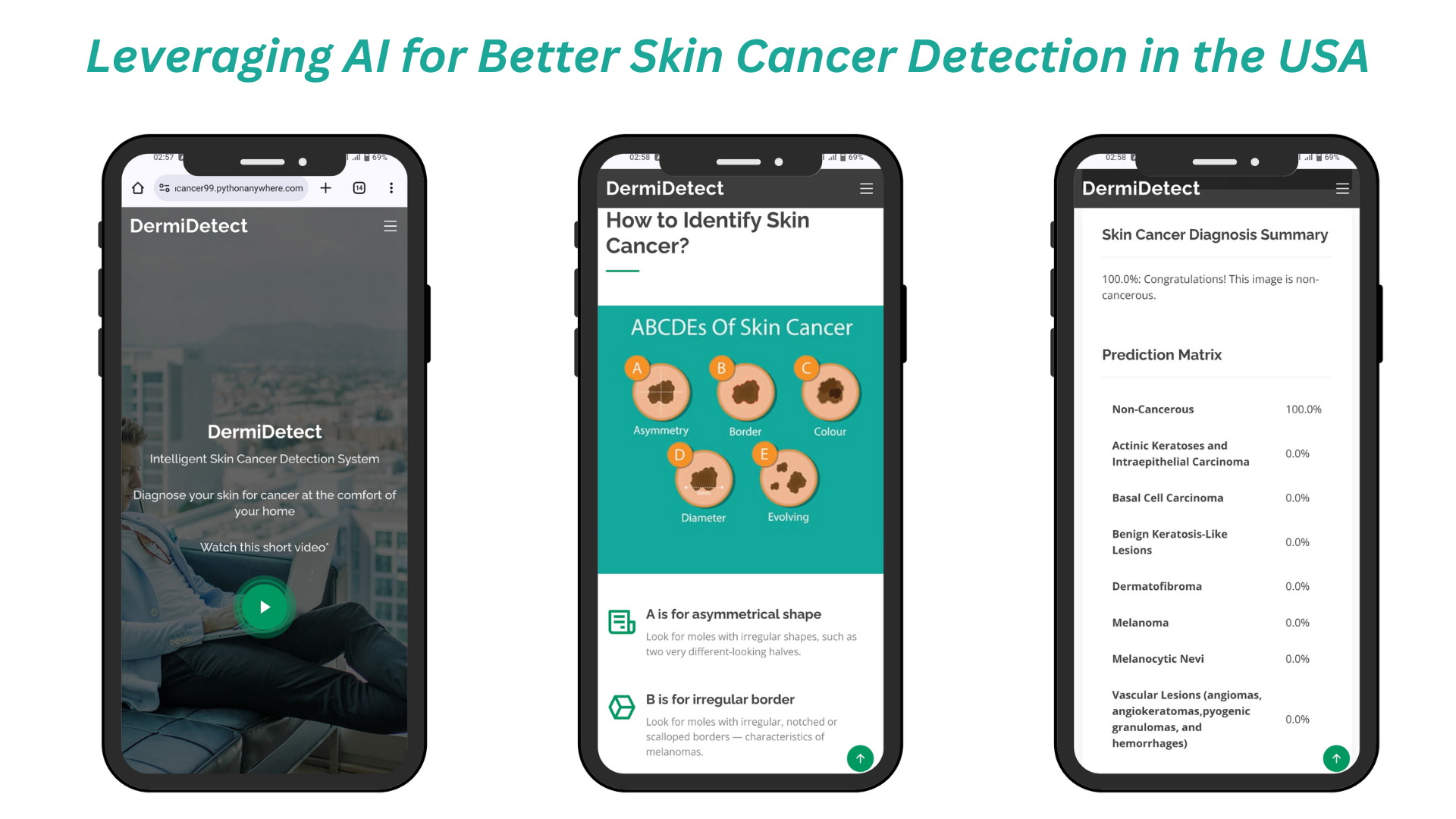- Home
- Learn
What You Need to Know About Cancers of the Skin
Skin cancer is the out-of-control growth of abnormal cells in the epidermis, the outermost skin layer, caused by unrepaired DNA damage that triggers mutations. These mutations lead the skin cells to multiply rapidly and form malignant tumors. The main types of skin cancer are basal cell carcinoma (BCC), squamous cell carcinoma (SCC), melanoma and Merkel cell carcinoma (MCC).
Skin cancers can look quite different from one person to another due to skin tone, size and type of skin cancer and location on the body. See our Skin Cancer Pictures page for a selection of photos to help you understand what skin cancers can look like. View pictures.
The two main causes of skin cancer are the sun’s harmful ultraviolet (UV) rays and using UV tanning beds. The good news is that if skin cancer is caught early, your dermatologist can treat it with little or no scarring and high odds of eliminating it entirely. Often, the doctor may even detect the growth at a precancerous stage, before it has become a full-blown skin cancer or penetrated below the surface of the skin.
Spot the Cancer You Can See When It’s Easiest to Treat.
Skin cancer is the cancer you can see. Unlike cancers that develop inside the body, skin cancers form on the outside and are usually visible. That’s why skin exams, both at home and with a dermatologist, are especially vital.
Early detection saves lives. Learning what to look for on your own skin gives you the power to detect cancer early when it’s easiest to cure, before it can become dangerous, disfiguring or deadly.
Learn about the warning signs of skin cancer and know what to look for during a self-exam. If you spot anything that just doesn’t look right, get it checked by your dermatologist as soon as possible.
Get a full-body, professional skin exam once a year or more often if you are at higher risk for skin cancer
Protect Yourself With a Complete Approach
Skin cancer prevention requires a comprehensive approach to protecting yourself against harmful UV radiation.
That’s because UV radiation from the sun isn’t just dangerous, it’s also sneaky. Not only can it cause premature aging and skin cancer, it reaches you even when you’re trying to avoid it – penetrating clouds and glass, and bouncing off of snow, water and sand. What’s more, sun damage accumulates over the years, from prolonged outdoor exposure to simple activities like walking the dog, going from your car to the store and bringing in the mail.
The recommended steps are that you:
Look for moles with irregular shapes, such as two very different-looking halves.
Look for moles with irregular, notched or scalloped borders — characteristics of melanomas.
Look for growths that have many colors or an uneven distribution of color
Look for new growth in a mole larger than 1/4 inch (about 6 millimeters)
Look for changes over time, such as a mole that grows in size or that changes color or shape. Moles may also evolve to develop new signs and symptoms, such as new itchiness or bleeding.

Skin Cancer is the “Most Common” cancer in the United States
1 in 5 Americans will develop skin cancer by the age of 70

More than 2 people die of skin cancer in the U.S. every hour

Having 5 or more sunburns doubles your risk for melanom

The good news : when detected early, the 5-year survival rate for melanoma is 99%
Despite the high incidence of Non-Melanoma skin cancer rates in the US, many people are not getting regular skin checks done which can lead to delays in diagnosis and treatment

DermiDetect is a AI based website/webapp that delivers early skin cancer detection through a holistic two-pronged approach.

Skin cancer is one of the most prevalent forms of cancer and can appear anywhere on the skin. Most common are non-melanoma skin cancers, like Basal Cell Carcinoma and Squamous Cell Carcinoma. The first signs of non-melanoma cancers are often patches or lesions on the skin that show unnatural growth.
Cases of skin cancer have been on the rise for decades now. When detected early, most skin cancer types can be treated. That’s why it is important to check your skin regularly for any irregularities and see a doctor whenever you are concerned about something.
While melanoma is the most dangerous form, it is still important to pay attention to non-melanoma skin cancers and understand the various ways in which they manifest.
Skin cancer is caused by a mutation in the DNA of skin cells. But what causes this mutation? In most cases, the answer is UV exposure from the sun. Both ‘normal’ day-to-day exposure when outside, and also from actively trying to tan. But it often appears in places that are usually hidden from direct sunlight, so there are other factors in play. Studies have shown that exposure to toxics can be a cause, for example from the environment you live in. Also, genetics can be a cause of skin cancer.
Asymmetry
Moles that are not small and round could be showing symptoms that there is a risk. Imagine splitting a mole in half; if both sides are not identical, you should make sure to check the mole for skin cancer risk
Border or color
Border or colorDo you see a border around the mole or lesion? This is not natural growth, and that mole should be checked out. Also if you see any colours other than brown/light brown, it deserves attention.
Evolution
Moles that change over time are a cause for concern. This ‘evolution’ of a mole is not natural, and you should keep a close watch on it. If you notice any changes, go see your doctor.
Skin cancer can appear anywhere on the skin, but there are a few places where skin cancer occurs more frequently. This has to do with several factors, such as your gender, genetics and the amount of sun exposure on a certain area. As you can see, some of these places might be hard to check for yourself. You can use the help of a partner or friend if needed.
Look for these indicators that your mole may be cancerous: